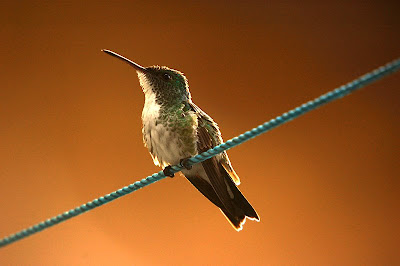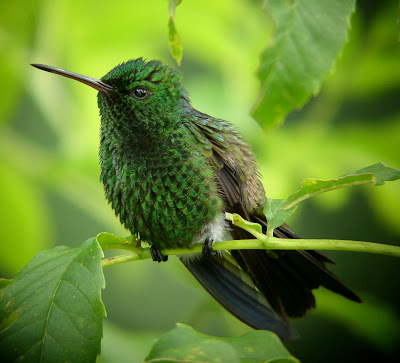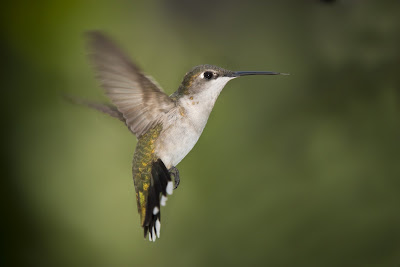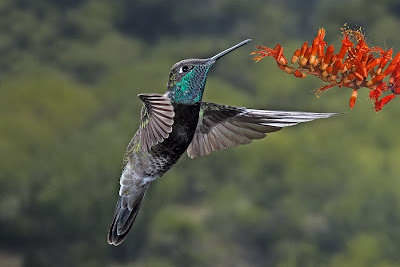.
Koi varieties
.
Carp Origins
The common carp is widely believed to have originated from the Caspian Sea with natural habitat surrounding the North, Baltic, Mediterranean, Black, Azov, Caspian and Aral Sea basins. The common carp, as a food fish with the ability to survive and adapt to many different climates and waterways, was bartered and spread to many different areas, including North America, Africa, Europe, and Asia. Wild populations of the common carp now exist in those four continents and South America.
 tural color mutations of these carp would have occurred across all populations. Historical records indicate that carp with color mutations were found in China. However, the earliest records of carp with distinct colors kept for selective breeding, true Nishikigoi, have been found in Japan. Depictions of carp or 'koi' with different color variations have been found on 18th century Japanese drawings and paintings. The ornamental cultivation of carp originated in the Niigata region of Japan during the Japanese Edo Period.
tural color mutations of these carp would have occurred across all populations. Historical records indicate that carp with color mutations were found in China. However, the earliest records of carp with distinct colors kept for selective breeding, true Nishikigoi, have been found in Japan. Depictions of carp or 'koi' with different color variations have been found on 18th century Japanese drawings and paintings. The ornamental cultivation of carp originated in the Niigata region of Japan during the Japanese Edo Period.
 most notably the red-and-white Kohaku. The outside world did not become aware of the degree of development until 1914, when the Niigata koi were exhibited in the annual exposition in Tokyo. At that point, interest in koi exploded throughout Japan. The hobby of keeping koi spread worldwide after plastic bags and shipping of koi became both fast and safe for the fish. These factors enabled koi to be shipped worldwide with low mortality rates. Koi are now commonly sold in most pet stores, with higher-quality fish available from specialist dealers.
most notably the red-and-white Kohaku. The outside world did not become aware of the degree of development until 1914, when the Niigata koi were exhibited in the annual exposition in Tokyo. At that point, interest in koi exploded throughout Japan. The hobby of keeping koi spread worldwide after plastic bags and shipping of koi became both fast and safe for the fish. These factors enabled koi to be shipped worldwide with low mortality rates. Koi are now commonly sold in most pet stores, with higher-quality fish available from specialist dealers..
.
.
.
.
.
.
.
.
.
.
.















































